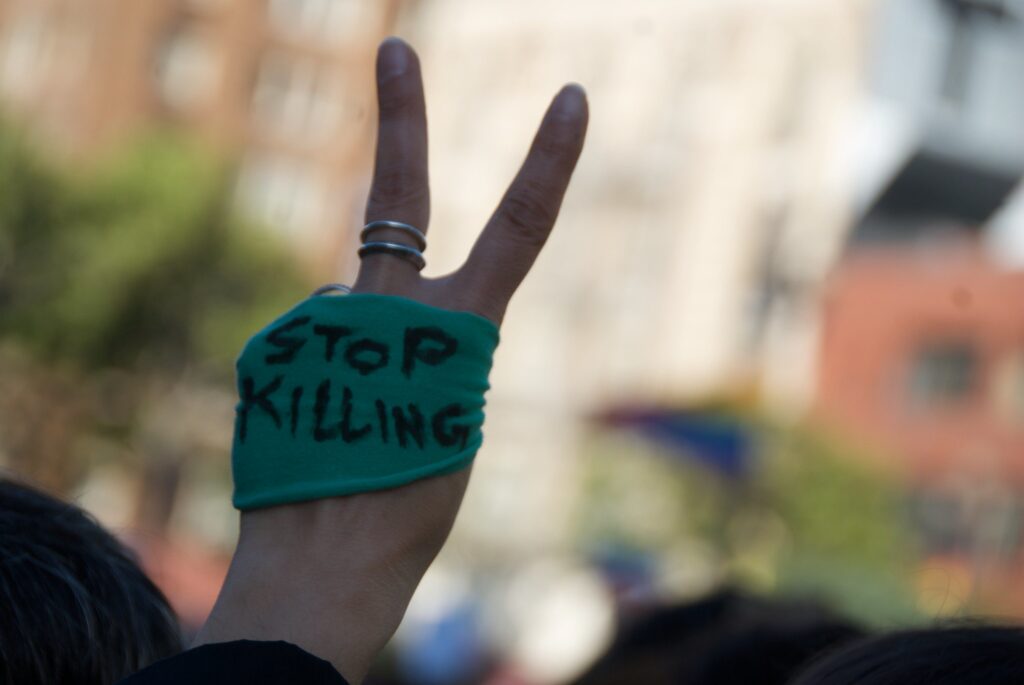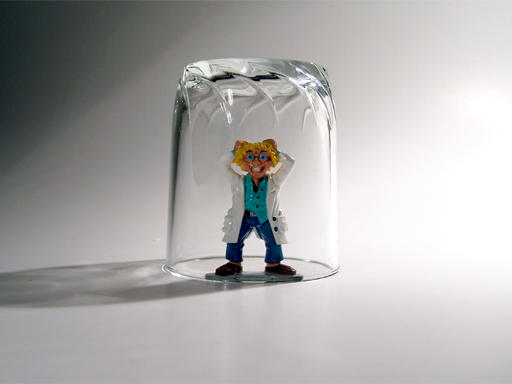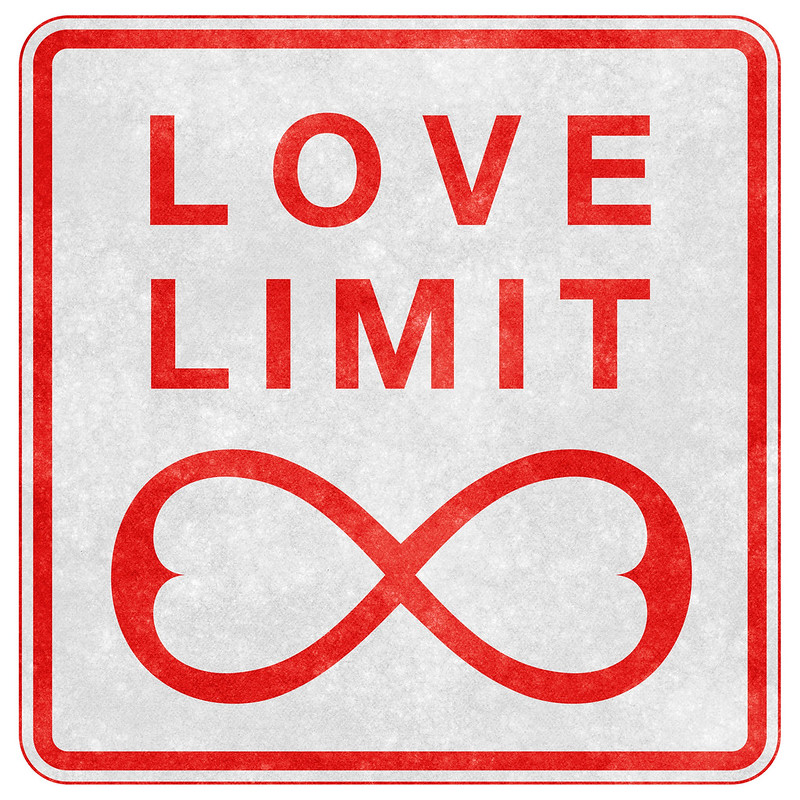
Every year March 1 is designated for the Disability Day of Mourning. Originally established in 2012, Autistic Self Advocacy Network (ASAN) held their first vigil in response to George Hodgins, a 22-year-old autistic man murdered by his own family member in Sunnyvale, California.
The purpose is not only to mourn those with varying types of disabilities murdered by their own loved ones, but to bring light to society’s lack of appreciation for the value their lives had. These murders are also referred to as filicides, when a person kills their son or daughter. Vigils are held nationwide including colleges. Butler University Advocates for Autism held a Disability Day of Mourning Virtual Vigil in Indianapolis, Indiana.
In ASAN’s anti-filicide-toolkit, they make clear how society, the media, and caregivers can do better.
Their Lives Are Valuable
“But as far as I can tell, the good things outweigh the bad even in a very hard life,” Mel Baggs writes in a letter for the memorial of Katherine (Katie) McCarron, a three year old suffocated by her own family member. “There are even good things that autistic people are more likely to experience, and then there are good things that are just part of the human experience in general.”
Nicholas James, diagnosed with Phocomelia, is a testament to the good things Baggs references. James was born without his four limbs and is now a world-renowned motivational speaker, instilling hope in people. While James shows how a hard life can still be a good life, not everyone feels the same way.
“You will not have a chance to experience any more of the bad things in life, and that’s what a lot of people will want to focus on, they think your life would have been only misery and pain,“ Baggs says.” He believes when some people see a life as having no future they think the solution is to take that innocent life.
They Deserve Equal Treatment
In a survey of 714 practicing U.S. physicians nationwide, 82.4% reported that people with significant disabilities have worse quality of life than non-disabled people, according to the paper “Physicians’ Perceptions of People With Disability and Their Health Care” published in Health Affairs.
COVID-19 helped shine a light on this attitude. Doctors took an oath to cause no harm. Yet a disturbing number seem to have the opinion that they determine who receives care and who does not. On the West Coast, for instance, a woman living with intellectual disabilities almost agreed to her doctor’s request not to resuscitate or intubate her. The woman’s doctor also asked her group home to have all their residents sign the same release form.
Now other doctors are pushing back and giving their partners in practice the wake-up call they believe they need.
The lead author of the paper, Lisa I. Iezzoni, M.D., who has multiple sclerosis, made clear how people with disabilities see their lives.”Studies of people with disability show that most don’t view their lives as tragic,” she says.

Michelle Kofman is familiar with her own struggles and how life is not always easy. She is officially diagnosed with mild to severe attention deficit/hyperactivity disorder (ADHD), major depressive disorder, and anxiety. Diagnosed while she was still a child, Kofman has never viewed her life as tragic.
“I think everyone wants to be unique,” Kofman says. “But as far as with my ADHD, I want to be seen as normal as possible.”
She believes people within the disability community want to be seen as normal, too.
“I don’t think anybody wants to see themselves as the kid who rides the short bus, so to speak,” Kofman says.
No More Excuses
At times, the news media’s representation of filicides have been perceived as empathetic toward the perpetrator. Coverage of the murder of George Hodgins was perceived as empathetic. There were no quotes from people living in the community that this murder was anything other than understandable.
ASAN’s anti-filicide-toolkit provides a guide for how the media should respond to these murders. Specifically, ASAN requests that the media be sympathetic, mindful of anti-disability bias, center the victim, and not give the murderer a platform.
It Isn’t Understandable
ASAN’s anti-filicide-toolkit presents a horrifying history of events after coverage of just one filicide. The behavior was normalized and more caregivers felt they had the green light to go through with filicide.
“We need to start looking at these murders as copycat crimes, which are encouraged when murders of disabled people receive positive press coverage,” ASAN says. “Just as Katie McCarron’s murder followed ‘Autism Every Day,’ Daniel Corby’s murder follows George Hodgins’ murder, and subsequent media coverage which excused, explained away, or even promoted the murder of disabled people by our parents.”
The media’s role in coverage is crucial to getting a positive response.
The media coverage in the recent shootings against the Asian American and Pacific Islander (AAPI) community in Atlanta, Georgia, changed from giving the shooter a platform of why they committed the shooting to centering the victims. Victim centered media coverage continued six days later after another tragic shooting.
The victims in Boulder, Colorado, became the focus of the media coverage. While there was some speculation as to why the shooter committed the shooting, they were not the main focus. This is the same media coverage the disability community wants.
Let’s Be Better
The disability community can relate to the justification of murders.
“Typically, when a child without a disability is murdered by their parents, everyone stands united in condemnation,” ASAN says. “No one attempts to understand, justify, or explain the murder. No one expresses sympathy for the murderer. No one argues that every parent has had moments or thoughts like that. No one understands. No one suggests that if the child had been easier or the family had had more support, this could have been avoided. The crime is punished harshly, and the victim is remembered and mourned.”
The main message they want society to understand is that their lives have value. They want society to not only view their lives as valuable but treat their lives as valuable.
Jordan Roubion was a corporal, cryptologic linguist, a chemical/biological/radiological/nuclear expert, and a team leader in the U.S. Army. Her diagnoses include Post-traumatic stress disorder (PTSD), Generalized anxiety disorder (GAD), and bipolar II disorder.
Her diagnoses have deepened her empathy for people living with mental illness. She believes empathy is key to viewing people as valuable.
“Some people say you cannot teach empathy, that it cannot grow. I disagree,” Roubion said in an email. “Empathy is a practice that you can deepen over time (unless you are completely unable to generate empathy at all, which is possible with some disorders.)”
Roubion plans to further contribute to society by becoming both a nonfiction and fiction author and a university instructor. She believes being able-bodied or neurotypical is not necessary to contribute to society.
“There have been plenty of famous and infamous historical figures that have shaped society in both small and large ways that are also atypical,” she said in an email.
Kofman, who is interested in being part of the Peace Corps, believes empathy should be combined with exposure to people living with disabilities. Those two elements, along with stopping the limitations on what they can achieve, is what she believes is the solution to people seeing the value of their lives.
“They bring so much joy to people’s lives,” she says. “My cousin has Down syndrome and she owns her own knitting company knitting scarves for people.”

Kofman’s diagnoses have deepened her empathy the same as Roubion’s has.
“I went through struggles and looking at someone else who goes through struggles with a mental illness or mental disabilities when they are being belittled, I find it very hurtful. It’s not just me being a snowflake or politically correct,” Kofman says. I genuinely find it hurtful when people think that people who have dyslexia and ADHD are below them. I know someone who was just diagnosed a few years ago on the autism spectrum and got a scholarship to grad school.”
Eradicating biases toward people within the disability community can help to prevent filicide. It reinforces to caregivers that it is not normal to take a life and it is not acceptable because someone had a “bad day” or “their life became overwhelming.” That person’s life has value.
To learn about upcoming events please visit Community Engagement | Autistic Self Advocacy Network (autisticadvocacy.org).


Leave a Reply